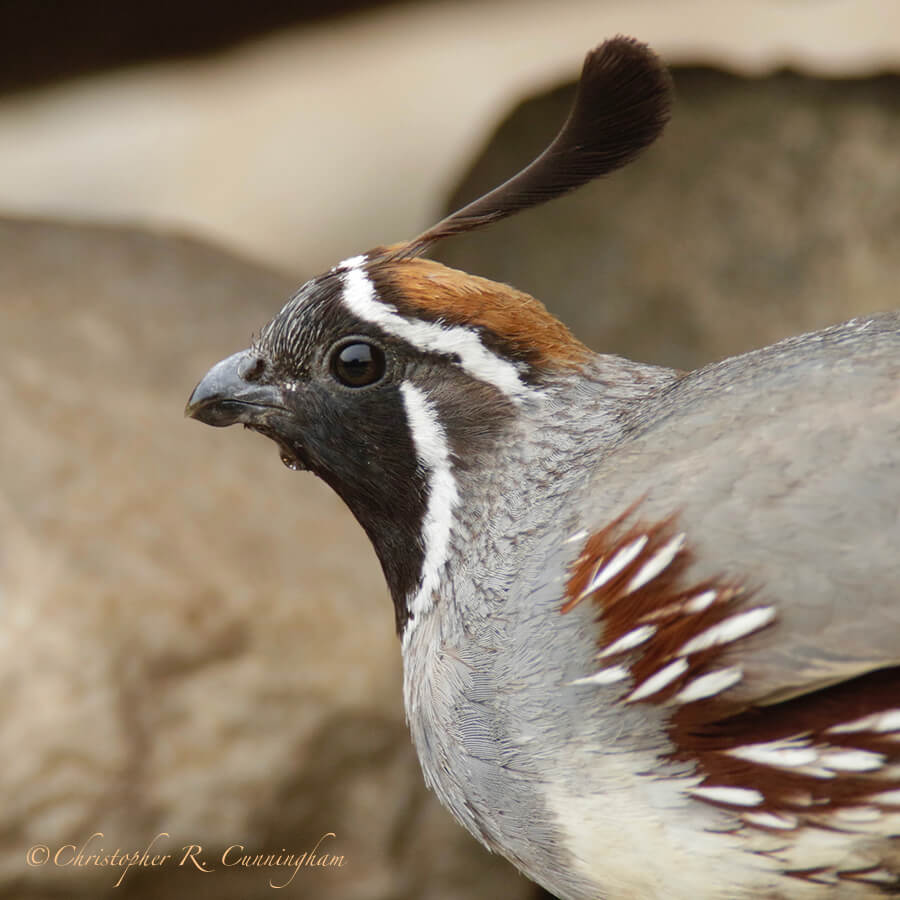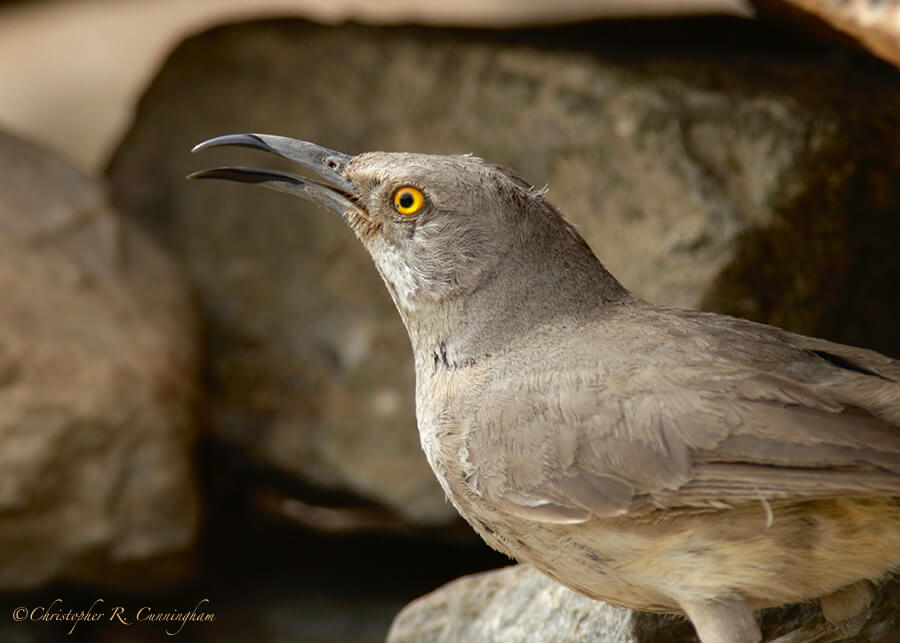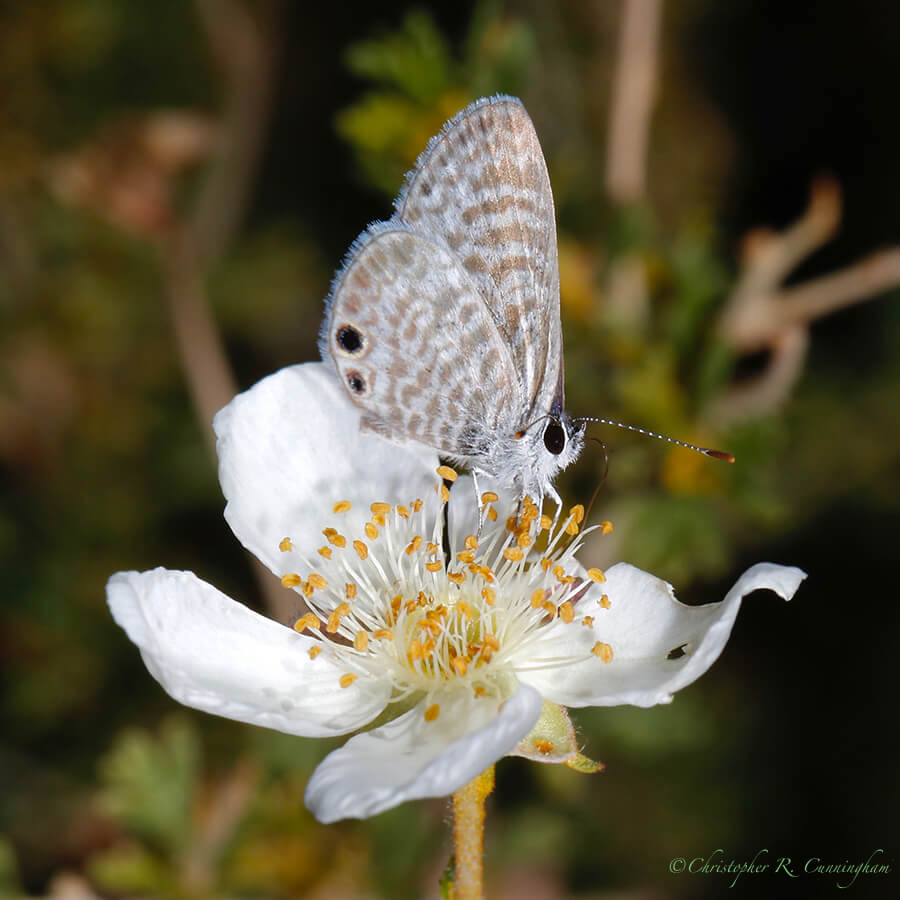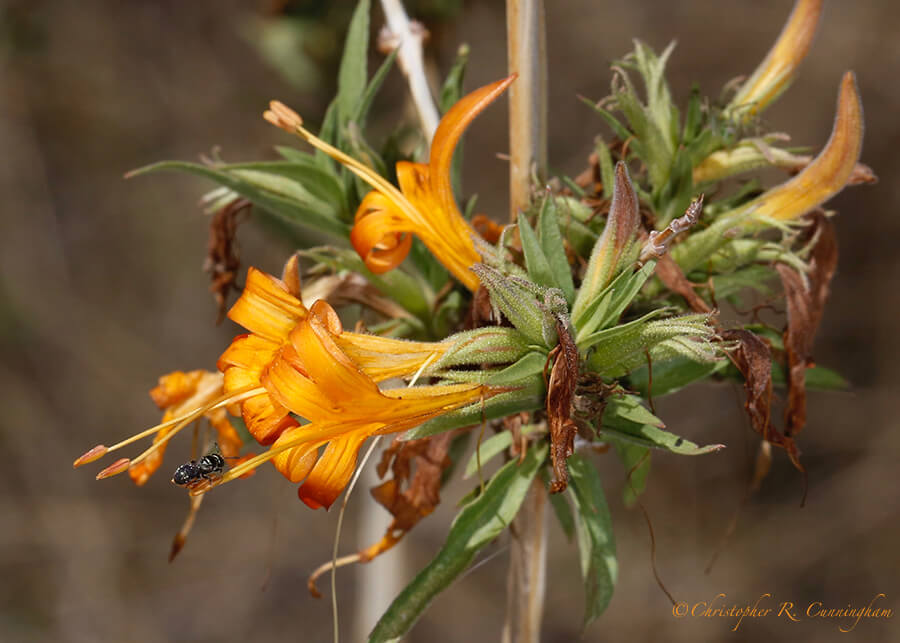The rain begins with a single drop. –Manal al-Sharif


I haven’t been spending much time directly behind a super-telephoto lately, but indirectly I have. During the past few weeks, I’ve been clearing brush and selecting sites for photography blinds and set-ups. It is a daunting task that has just begun, but I’ve decided to enjoy the process as much as (hopefully) the result.
We have adopted the firesafe methodology and are clearing dead brush and low limbs near the house. But I have decided to leave a few dead trees here and there adjacent to blind areas for perches. No natural forest is ever going to be completely free of dead vegetation, and its presence is part of the overall aesthetic. Dead vegetation also provides valuable habitat for wildlife.

We have also begun to identify trees and other plants with the help of some local experts and references. Desert mountain canyons are home to an incredible diversity of plants and animals. After several previous visits to the Cave Creek Canyon area, and the desert Southwest in general, I find myself being able to identify most of the birds at a glance. No so most of the plants–or the reptiles for that matter (herpetology was many moons ago). At present very few plants are in flower, though, making identification relatively easy.
The remnants of Hurricane Bud brought much needed moisture to the drought-stricken desert Southwest. And a day later there are still a few puddles around Cave Creek, but they will soon be dry, and we will begin again our wait for the true beginning of the monsoon–and the true beginning of our difficulties identifying a bewildering multitude of flowering plants!

©2018 Christopher R. Cunningham. All rights reserved. No text or images may be duplicated or distributed without permission.